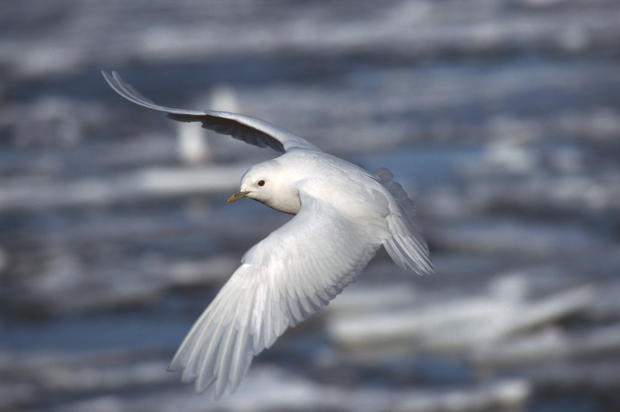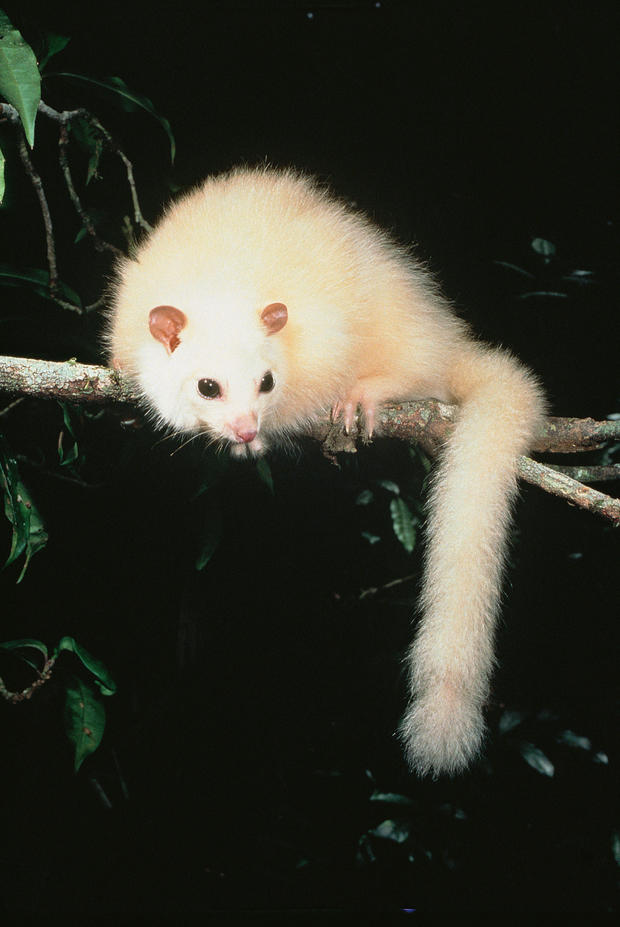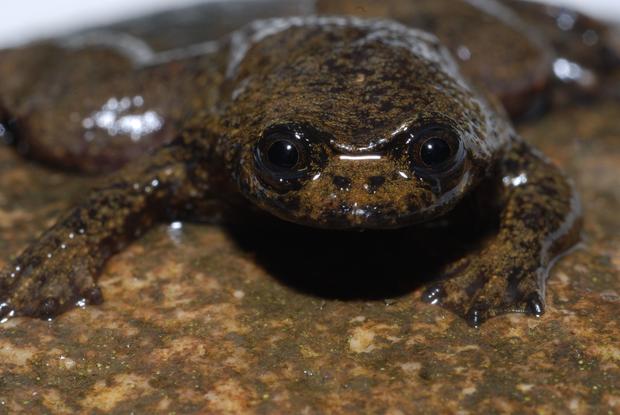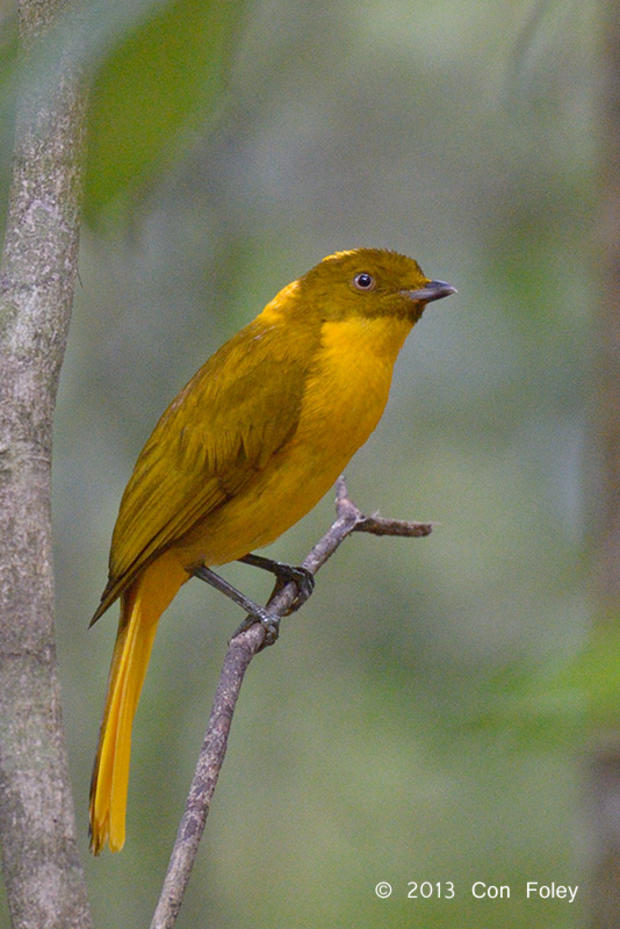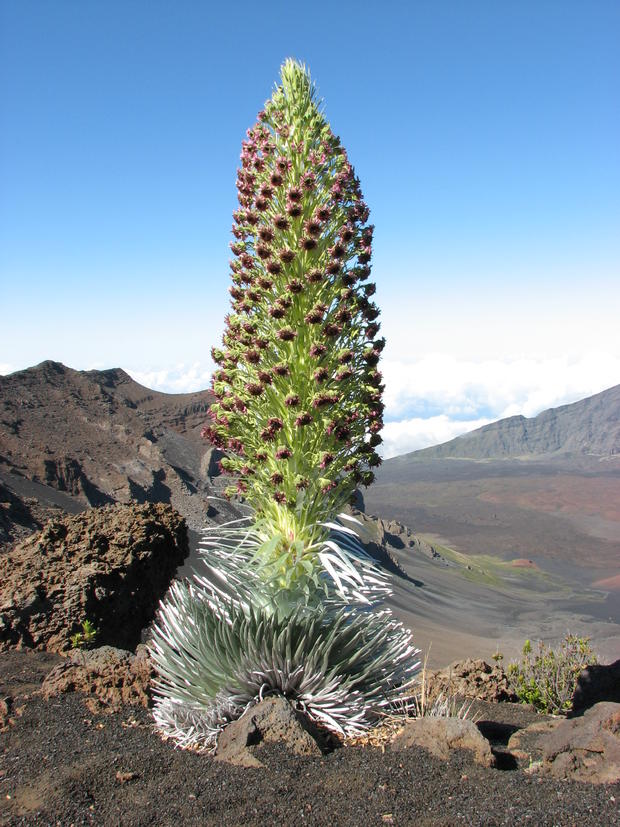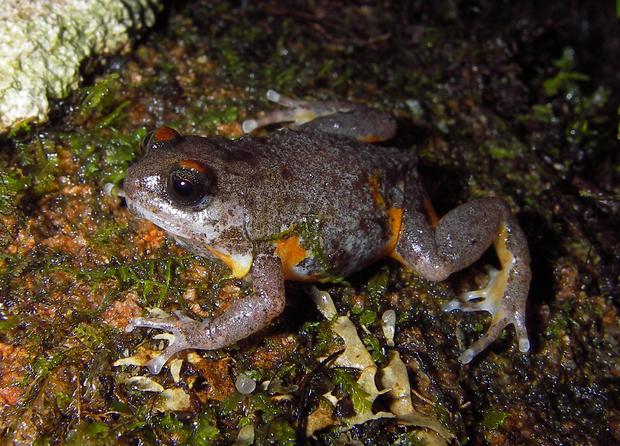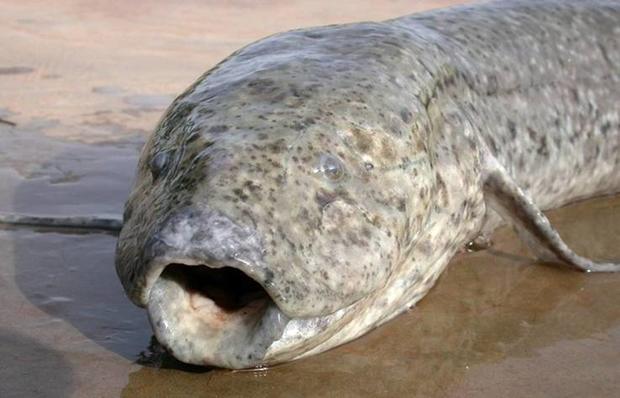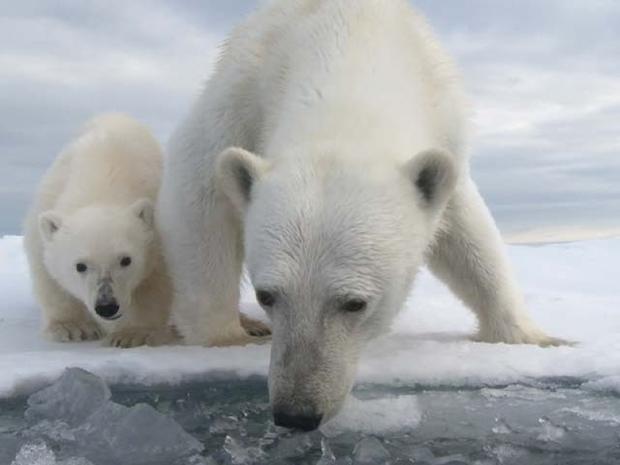11 species threatened by climate change
While world leaders fret over how best to combat climate change, many animals and plants are already feeling the effects. Here are 11 species, as chosen by the International Union For Conservation of Nature’s climate change specialist group, which are under threat from global warming.
Ivory gulls, whose numbers in the Canadian Arctic have dropped 80 percent, are seeing their foraging habitat shrink rapidly due to global warming.
Lemuroid Ringtail Possum
The Lemuroid Ringtail Possum is restricted to two small areas of upland cloud rainforest in the Australian Wet Tropics World Heritage Area. Unable to tolerate temperatures above 28 degrees Celsius (82 degrees Fahrenheit) and sensitive to heat waves, the rare white form of the species (pictured here) is projected to disappear this century.
Ringed Seals
Ringed seals, which live in Arctic sea ice habitats year-round, are in rapid decline as ice melts. They are born in snow lairs, mate under the sea ice and use the sea ice as a resting platform in other seasons of the year. They also feed largely on ice-associated prey.
Lungless Frog
The Lungless Frog of Borneo lives much of its life in fast and cold streams and rivers in Indonesia. As waters warm and the oxygen rates decline, the frog could find these waterways uninhabitable. Climate change is also expected to bring more floods and droughts to the region, which could impact the frog.
Quiver Tree
The Quiver tree in Namibia and in the Northern Cape of South Africa thrives in desert and semi-desert climatic conditions. Known for its large succulent leaves and a water-storing system, the trees could contract in the north and central parts of its range as temperatures rise.
Golden Bowerbird
Haleakalā silversword
Found only on the Hawaiian island of Maui, the Haleakalā silversword plant is restricted to high elevations on the dormant Haleakalā volcano. Shifting weather patterns (and particularly increased temperature and a decrease in rainfall) are causing adult plants to die, and reducing the survival of new seedlings.
Adelie Penguin
As global warming reshapes the Antarctic coast, the Adélie penguin could be one of the many species that suffers. The loss of sea ice coverage is expected to negatively impact its annual migration and winter survival while projected heavier snowfall could reduce the suitability of nest sites.
Elegant Frog
This small microhylid frog lives only on the tip of a single mountain top in the Australia Wet Tropics cloud forest. It is a direct developing frog which means it lays its eggs in the leaf litter and the eggs hatch directly into small frogs. With longer and harsher dry seasons, potential declines in rainfall and a higher cloud base projected, this species is potentially in deep trouble.
Lungfish
The African Lungfish is a carnivorous fish which feeds on mollusks, frogs, fish, crabs and insects. When flood plains dry up, it secretes a thin slime that allows it to survive up to a year. But as precipitation patterns shift with climate change, it may not be able to survive extended periods of drought.
Polar Bears
Polar bear numbers in parts of Alaska and Canada have declined by almost half, as thinning sea ice makes it increasingly difficult for them to hunt down seals, which are a key part of their diet. Scientists, led by researchers at the U.S. Geological Survey, have found polar bear numbers in the southern Beaufort Sea dropped about 40 percent, to 900, from 2000 to 2010.
